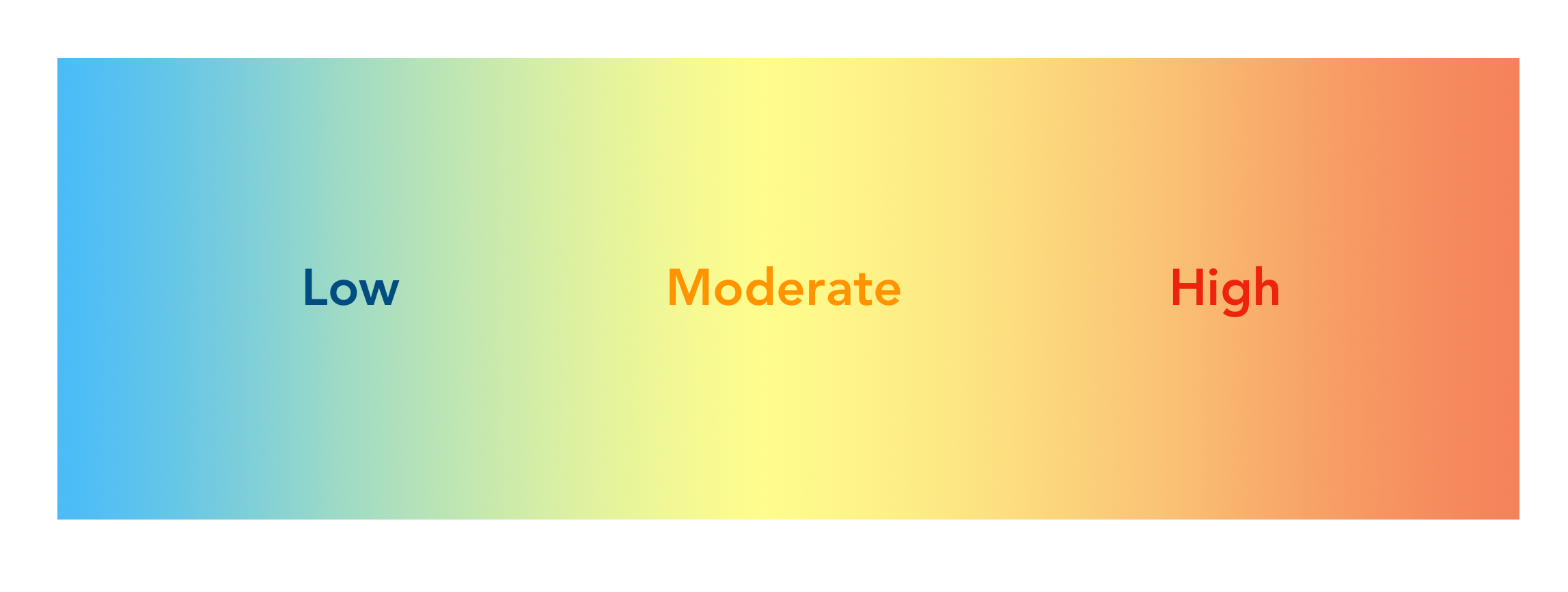In the previous email, we looked at three field tests that our Enthusiasts could use to identify three training zones – below aerobic threshold (AeT), above anaerobic threshold (AnT), and between AeT and AnT.
If you missed that one, the link below will take you to that article.
Heart rate training zones – pt 3, Enthusiasts
We also considered a max heart rate test for identifying one’s actual max heart rate (MHR) and not an estimate based on a formula.
Today, I want to give our Enthusiasts ideas for using your AeT and AnT in training to maximize the productivity of your time.
Three vs Five Heart Rate Training Zones
There are 3 zone models and up to 8 zone models. The reason for this is apparent — people are different.
Your training zones will be unique to you and determined by your current fitness level and training and performance goals.
For the Enthusiasts, we’re going to consider a simple three-zone system.
Most smartwatches and Apps use a five training zones model. The three and five-zone models line up, so you can use a three-zone training model with a five-zone system.

Three zones are all the Enthusiast needs if exercising for general fitness and not training for a specific sport.
Three Heart Rate Training Zones
Zone 1 is below your AeT. It has an RPE ≤ 4 on a 1–10 scale. We’ll call it “low intensity.”
Zone 1 is where you’ll build your base. In training, the objective is to exercise as close to the top end of this zone as possible without going over.
However, even low Zone 1 effort, down in the RPE 1–3 range, imparts enormous benefits to our health. This type of exercise looks like gardening, housecleaning, walking – virtually anything other than sitting.
Depending on your health and performance goals, you might spend 20%–80% of your training volume in Zone 1.
Zone 2 is between your AeT and AnT. It has an RPE between 4–7. Let’s think of this zone as “moderate intensity.”
Generally speaking, we want to spend as little time training in this zone as possible. We either want to be over it or under it.
The sneaky thing about Zone 2 is that it’s hard enough to feel like you’re doing something. But too high to benefit training in the lower range (base training).
And too low to have an impact on the AnT.
I’m not suggesting you avoid this zone. You’re doing great if you’re exercising with enough intensity to be in Zone 2. Good things are happening. The zones are here to inform and guide your training, not control it.
Zone 3 is above your AnT. It has an RPE ≥ 7. And we’ll label this zone “high intensity.” Zone 3 is where you’ll improve your body’s ability to produce energy at higher workloads.
Using Three Training Zones
In the field tests described in the last email, you identified your RPE and heart rate (HR) associated with your AeT and AnT.
Begin using these to direct your training sessions. Decide whether to go for a long duration at low intensity or a short(er) duration at higher intensity.
The structure of your workout (i.e., activity, load, duration) will dictate the energy system used.
And remember, there are no clearly defined lines dividing your body’s energy systems. It’s best to think of your AeT and AnT as soft boundaries between training zones.

Monostructural activities (i.e., run, bike, hike) are the most straightforward choices for Zone 1 training.
However, combining movements, like row, run, jump rope, burpees, and a weighted carry, into a 60 to 90-minute low-intensity session is also exciting and fun. Using RPE and HR makes this easy to do.
Circuits and high-intensity intervals are well-suited for getting into Zone 3. In CrossFit jargon, we call these “metcons” (metabolic conditioning).
Metcons last anywhere from 5–20 minutes. The objective is maximum relative intensity. RPE and HR are adequately correlated with intensity to be helpful.
The goal during the metcon is to remain above Zone 2 and somewhere in Zone 3 for as much time as possible. Zone 2 serves as a recovery zone.
Zone training gives you greater depth in your decision-making progress when you exercise. Instead of just wondering, you’ll know which end of the intensity spectrum you’re training. You get to decide whether you favor a long, slow day.
Or something more aggressive.
Next email in series
Heart rate training zones – pt 5, Athletes